The David Sheldrick Wildlife Trust stretches its support as far and wide throughout Kenya as possible in an effort to protect the country’s threatened elephant populations, whilst offering support to local communities to counteract human-wildlife conflict and encourage a healthy and sustainable coexistence between communities and wildlife
The David Sheldrick Wildlife Trust stretches its support as far and wide throughout Kenya as possible in an effort to protect the country’s threatened elephant populations, whilst offering support to local communities to counteract human-wildlife conflict and encourage a healthy and sustainable coexistence between communities and wildlife. The DSWT has most recently been supporting the Amboseli ecosystem, which sits on the eastern border of Kenya where a burgeoning human population, which has triggered an increasing livestock population, has created great stress on the Amboseli National Park’s environment in search of water in the dry season, the same water which is needed to sustain the area’s elephant and wildlife populations.
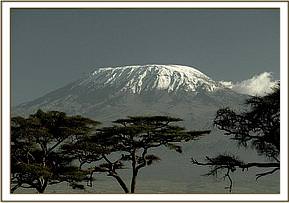
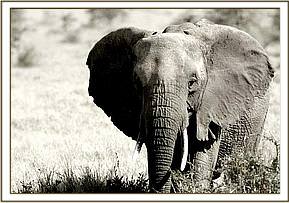

Historically this dry, low-rainfall area, which was once the Maasai Amboseli Game Reserve, was a grazing and watering ground for the Maasai tribe’s cattle and livestock. It was gazetted in 1974 into a National Park meant solely for wildlife, but the traditionas of the Maasai people have continued to depend upon the Park’s water reserves causing serious degredation to the environment and increasing human wildlife conflict.

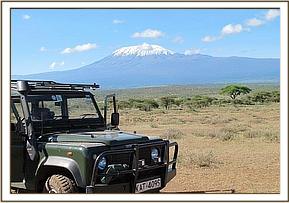

To combat this battle for water, and in an effort to protect the Amboseli National Parks fragile ecosystem, the Kenya Wildlife Service made a proposition to the Maasai communities bordering Amboseli that if a water-catchment dam could be funded outside of the Park the communities must cease to encroach into the Park in search of water resources. This plan was eagerly agreed to by the local communities and the DSWT was approached to support the funding of the initiative. During early March 2014 a proposed site for the rain catchment area was visited and explored, situated a number of kilometers away from the Park’s boundary above the KWS headquarters towards the Tanzanian border in an area called Noosidan.
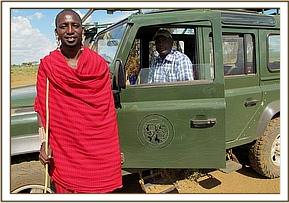
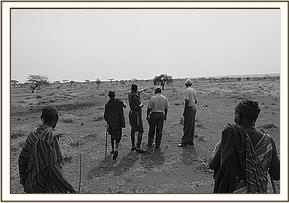
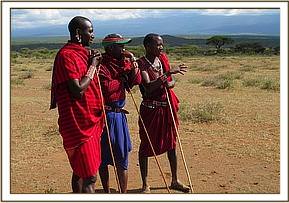

This past week the reservoir was excavated, constructed carefully to ensure it captures a high volume of rain water, which will flood off the surrounding plains during the wet season. The catchment area, which was built to be 4 metres deep and measures 45 metres wildlife and 55 meters long with a 2 metre embankment and water overflow, was also built in a way to offer safe entry into the dam for all animals, both wild and domestic.


Once this dam has settled after the first rains which are due in the coming weeks, it has the potential to hold significant water reserves, we believe for up to 6 months, enough to supply the communities, and any wildlife outside of the Park, with water throughout the dry seasons.
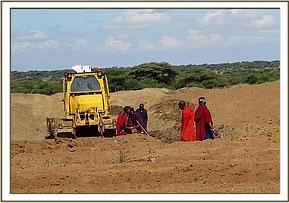

The DSWT funded this vital project as part of our Community Commitment and we together with the Kenya Wildlife Service Amboseli Community Warden are hopeful that this initiative will provide relief not only for Amboseli's local communities, but wildlife generally, especially the iconic elephants of this region.

